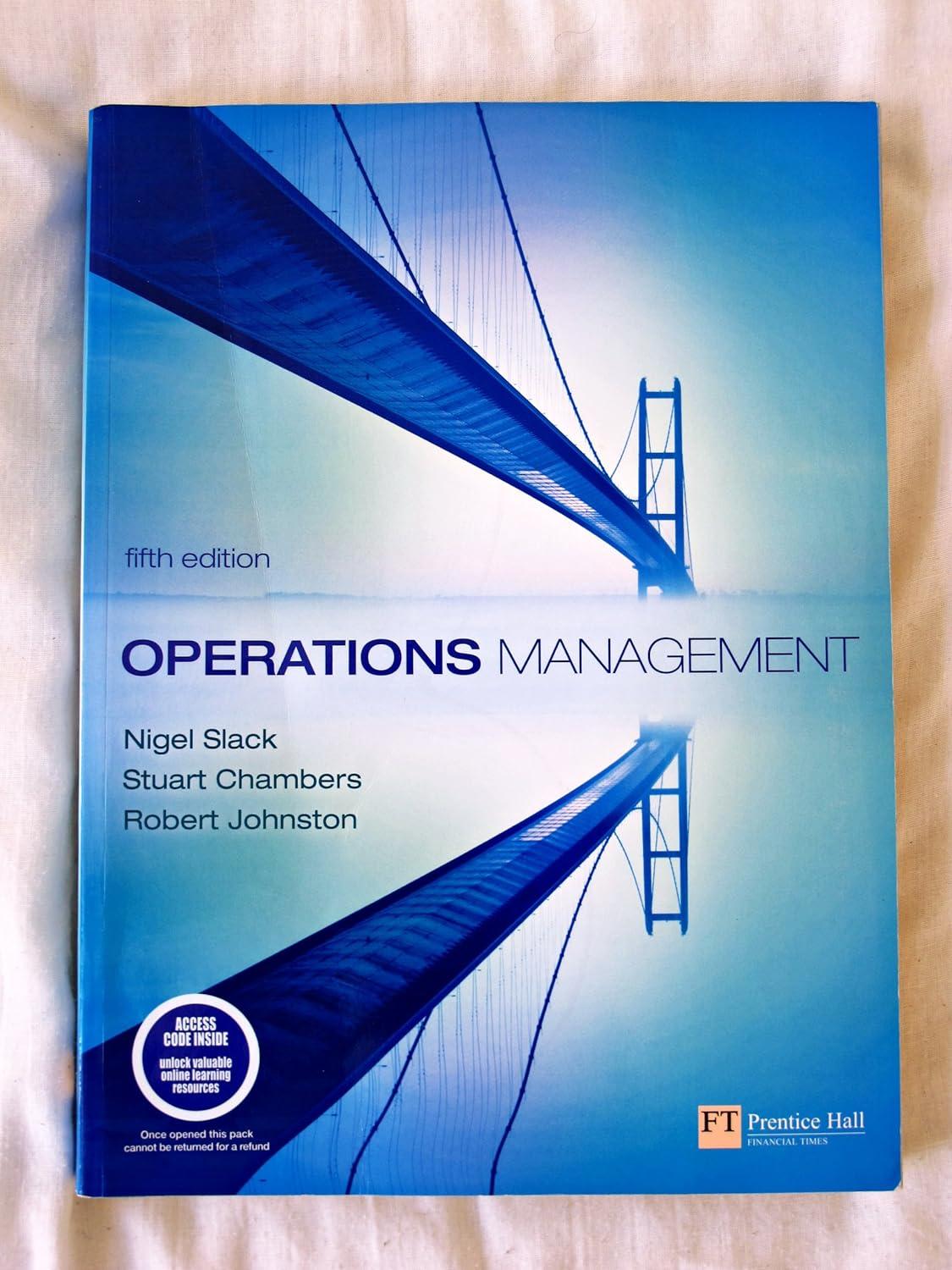Anuar Kamaruddin, COO of United Photonics Malaysia (UPM), was conscious that the project in front of him
Question:
Anuar Kamaruddin, COO of United Photonics Malaysia (UPM), was conscious that the project in front of him was one of the most important he had handled for many years. The number and variety of the development projects under way within the company had risen sharply in the last few years and although they had all seemed important at the time, this one - the 'Laz-skan' project - clearly justified the description given to it by the President of United Photonics Corporation, the US parent of UPM: '… the make or break opportunity to ensure the division's longterm position in the global instrumentation industry.'
The United Photonics Group
United Photonics Corporation was founded in the 1920s (as the Detroit Gauge Company), a general instrument and gauge manufacturer for the engineering industry. By expanding its range into optical instruments in the early 1930s, it eventually moved also into the manufacture of high-precision and speciality lenses, mainly for the photographic industry. Its reputation as a specialist lens manufacturer led to such a growth in sales that by 1969 the optical side of the company accounted for about 60 per cent of total business and it ranked one of the top two or three optics companies of its type in the world. Although its reputation for skilled lens making had not diminished since then, the instrument side of the company had come to dominate sales once again in the 1980s and 1990s.
UPM product range
UPM's product range on the optical side included lenses for inspection systems which were used mainly in the manufacture of micro chips. These lenses were sold both to the inspection system manufacturers and to the chip manufacturers themselves. They were very high-precision lenses; however, most of the company's optical products were specialist photographic and cinema lenses. In addition, about 15 per cent of the company's optical work was concerned with the development and manufacture of 'one or two off' extremely high-precision lenses for defence contracts, specialist scientific instrumentation and other optical companies. The group's instrument product range consisted largely of electromechanical assemblies with an increasing emphasis on software-based recording, display and diagnostic abilities. This move towards more softwarebased products had led the instrument side of the business towards accepting some customized orders. The growth of this part of the instrumentation had resulted in a special development unit being set up, the Customer Services Unit (CSU), which modified, customized or adapted products for those customers who required an unusual application.
Often CSU's work involved incorporating the company's products into larger systems for a customer.
In 1995 United Photonics Corporation set up its first non-North American facility just outside Kuala Lumpur in Malaysia. United Photonics Malaysia Sdn Bhd (UPM) had started by manufacturing sub-assemblies for Photonics instrumentation products, but soon had developed into a laboratory for the modification of United Photonics products for customers throughout the Asian region. This part of the Malaysian business was headed by T.S. Lim, a Malaysian engineer who had taken his post-graduate qualifications at Stanford and three years ago moved back to his native KL to head up the Malaysian outpost of the CSU, reporting directly to Bob Brierly, the Vice-President of Development, who ran the main CSU in Detroit. Over the last three years, T.S. Lim and his small team of engineers had gained quite a reputation for innovative development. Bob Brierly was delighted with their enthusiasm.
'Those guys really do know how to make things happen. They are giving us all a run for our money.'
Questions
1. Who do you think should manage the Laz-skan Development Project?
2. What are the major dangers and difficulties that the development team will face as they manage the project towards its completion?
3. What can they do about these dangers and difficulties?
Step by Step Answer:

Operations Management
ISBN: 9780273708476
5th Edition
Authors: Nigel Slack, Stuart Chambers, Robert Johnston





